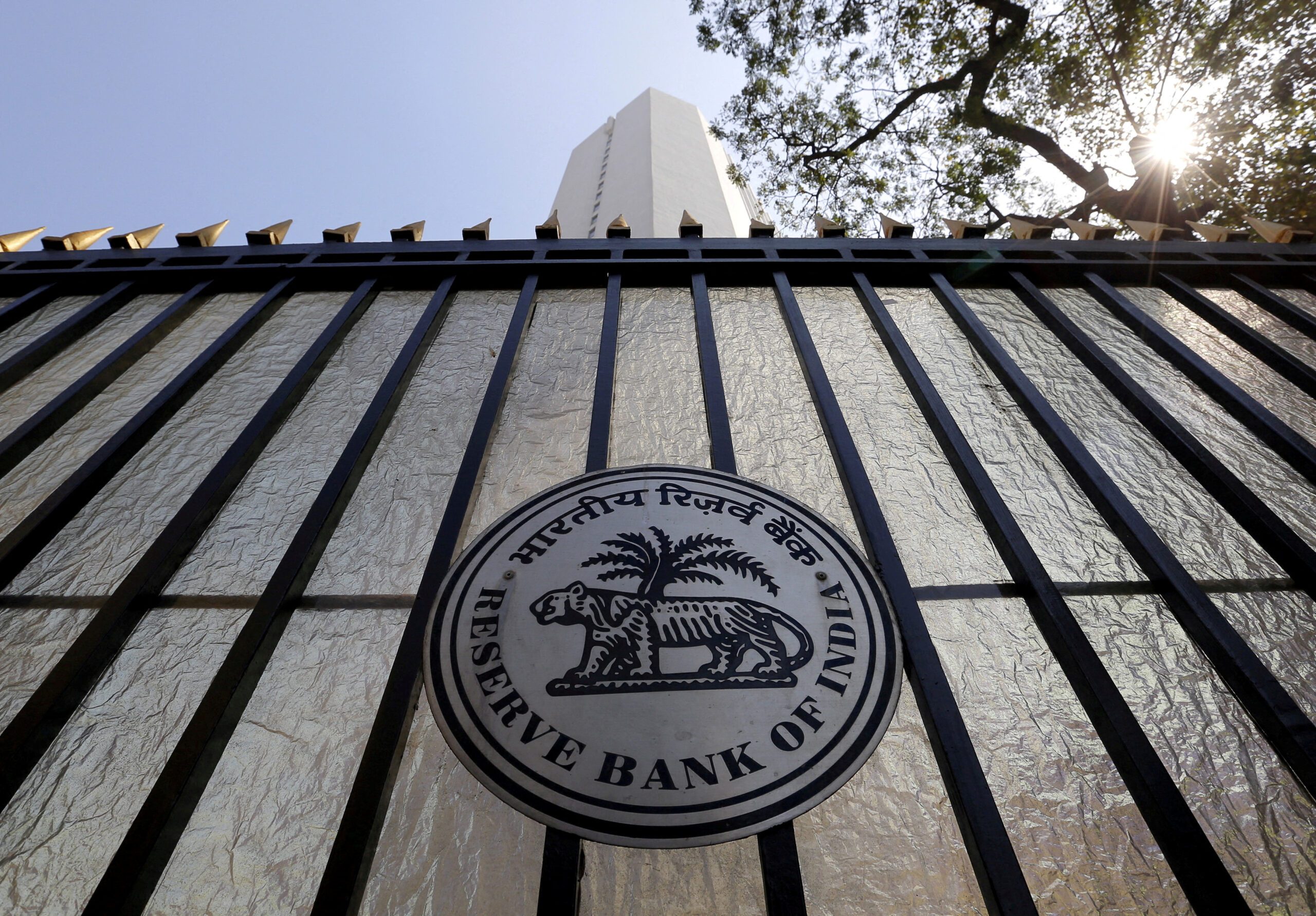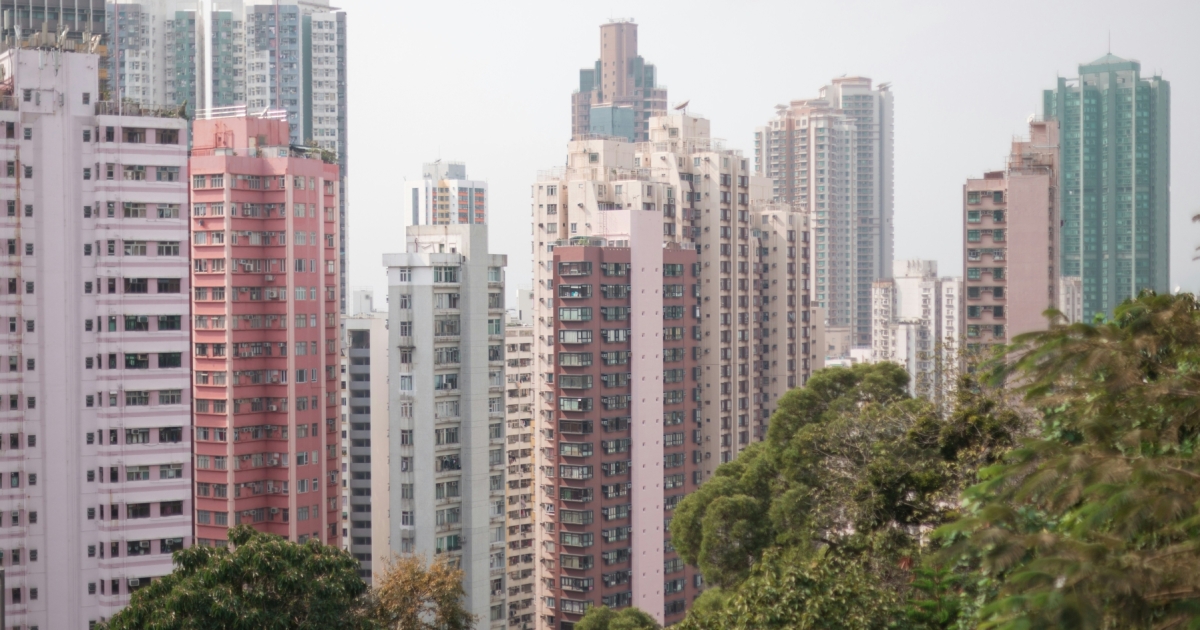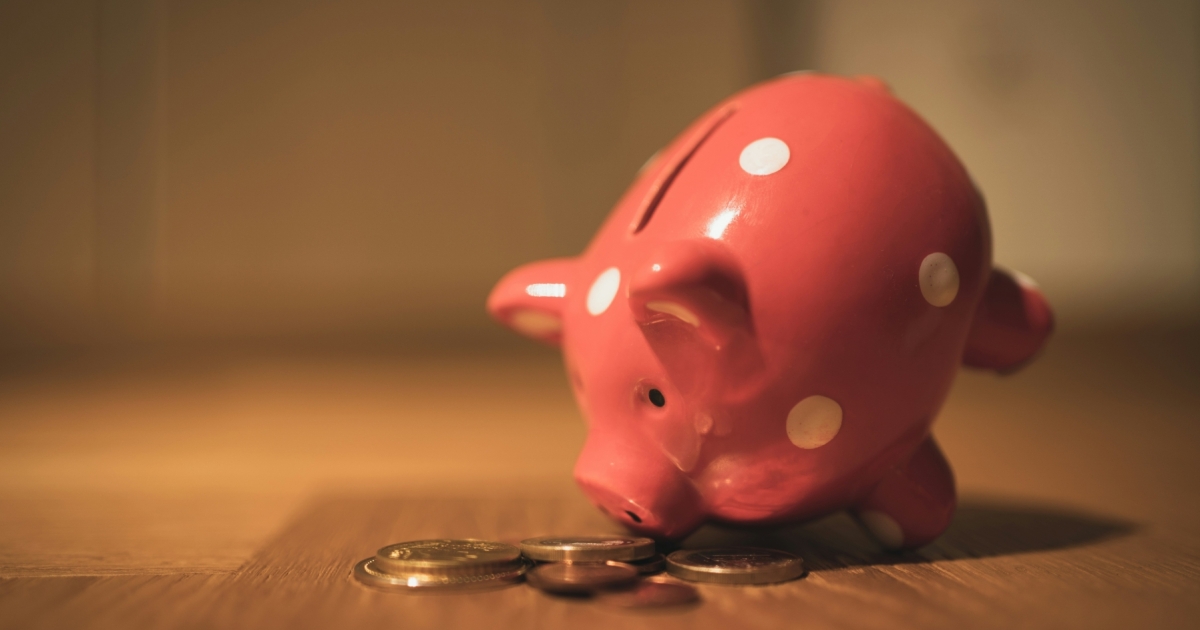HONG KONG — China’s largest banks, after posting their biggest surge in quarterly profit since the aftermath of the global financial crisis, are not yet ready to declare an end to bad debt increases.
As growth in the world’s second-largest economy accelerates out of the pandemic, investors and analysts have called a multiyear turnaround in profits after a slump in the first nine months of 2020, the worst since the banks were listed more than a decade ago. However, senior management at the banks, including Bank of China and Industrial & Commercial Bank of China, warn of central bank tapering and the expiry of support measures to small businesses.
Bank of China expects asset quality pressures from the “marginal tightening of monetary policy, exit of supportive measures for small and medium enterprises and lagging impact of the pandemic,” the lender’s vice president-designate, Chen Huaiyu, said in an earnings conference call.
The bad debt pile has plagued the $50 trillion banking system for years and authorities have unleashed rules with the aim to curb problem areas such as off-balance-sheet shadow banking and pushed lenders to boost credit risk management and capital levels.
Still, after being directed to step in for “national service” last year during the pandemic by helping millions of borrowers with cheap loans and repayment holidays, bad debt levels surged.
“We expect banks will spread credit-cost pressures arising from the pandemic through to end-2023,” said Harry Hu, a senior director at S&P Global Ratings. “The credit cost pressure also comes with a general increase in default rates. We anticipate high new formation rates of nonperforming loans, a rising credit cost, and write-offs that exceed the pace of loan growth over the next two to three years.”
Soured loans, which include those officially classified as nonperforming, so-called special mention loans or lending potentially at risk of turning bad, rose to 6.5 trillion yuan ($990.22 billion) by the end of 2020, or 4.5% of total loans, from 6.2 trillion yuan a year earlier, according to data from the banking regulator.
Rating agency S&P Global Ratings estimates forborne loans, where small businesses could opt to defer interest and principal repayments until March 31 amid the pandemic — amount to a further 3.5% of total lending and are being classified as normal.
“The nonperforming loans that need to be addressed could increase further in 2021 and the situation may last until next year,” Guo Shuqing, chairman of the China Banking and Insurance Regulatory Commission, said at a media conference in March. “We have the confidence and ability to deal with the issue.”
Speaking during the post-earnings call after results on March 26, ICBC Vice President Wang Jingwu acknowledged pressure on asset quality, especially from loans that have deferred principal and interest payments, but said the impact was “controllable” as companies have resumed production, thus alleviating the difficulties they faced last year at the height of the pandemic.
China’s manufacturing activity rose by the fastest pace in three months in March, data showed on Wednesday, as factories expanded production to meet improving domestic and global demand, adding further momentum to the economic recovery. China was the only major economy to expand in 2020 and this year economic activity could exceed the 6% growth target Premier Li Keqiang announced in March.
The recovery has helped banks claw back some of the excess provisions they set aside for bad debts, which also declined 5% in the three months ended Dec. 31 from the previous quarter.
“We expect volatile nonperforming loan ratios in the first half of the year as the payment holiday period expires and some loans are extended,” said Shujin Chen, an analyst at Jefferies in Hong Kong.
Nevertheless, Chen said there is a bigger chance for the largest banks to achieve double-digit earnings in 2021 due to higher interest margins and lower nonperforming loan formation this year compared with last. She said bank stocks should outperform in the second and third quarters of the year.
The five largest lenders — ICBC, China Construction Bank, Agricultural Bank of China, Bank of China and Bank of Communications — all posted at least a 44% rise in net profit in the fourth quarter, the biggest rise since at least 2009. That allowed them to eke out a full-year profit expansion, defying analyst expectations for a fall. Bank of China topped with a 70% surge in profit in the last three months of the year.
Five analysts polled by Nikkei Asia on average expect the largest lenders to achieve a 7% profit increase in 2021 as loan-loss provisions decline and margins increase.
The profit rise should help Chinese bank stocks outperform in the second and third quarters, said Chen at Jefferies.
The CSI 300 Bank Index, which has also received a boost from investors rotating out of expensive technology stocks and deploying the cash in sectors that can gain from the economic recovery, has climbed 10.7% this year compared with a 3.3% decline for the broader CSI 300 Index that tracks the biggest shares traded in Shanghai and Shenzhen. The bank index is also near a 14-year high.
“The historical burden of bad loans has now been largely absorbed and this has been a bigger factor than a single year of nonperforming loan formation,” said Mark Dong, who oversees $2.5 billion in assets, inducing China bank shares, as co-founder of Minority Asset Management. “Therefore I would say the majority of the listed banks can now work to improve the quality of the loan book.”





